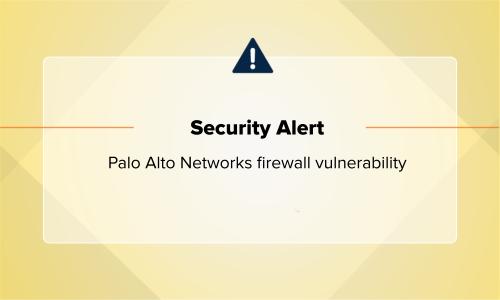Security operations · 2 MIN READ · RAY PUGH · JUL 25, 2023 · TAGS: MDR
Knowing the fundamentals of cyber-threat hunting helps you stop hackers before they cause serious damage.
The staples of cybersecurity are as important as they’ve always been: endpoint protection, identity access management, network security, etc. will always matter. But these days, effective security is proactive.
The tip of the proactive spear is threat hunting, an aggressive approach to finding, identifying, and neutralizing potential threats before they become problems.
Let’s begin by understanding the cornerstones of threat hunting.
Continuous monitoring and visibility
Maintaining expansive visibility across networks, endpoints, and systems allows an organization to detect anomalous behavior and potential threats. Real-time monitoring tools, security information and event management (SIEM) systems, and network intrusion detection systems (NIDS) are central to collecting and analyzing the vast amounts of data a security operations center (SOC) typically sees in a day.
By monitoring network traffic, logs, and system activity, threat hunters can establish a baseline of normal behavior and identify deviations that may indicate malicious activity. Constant monitoring helps security teams detect threats early in their lifecycle, significantly improving the chances of timely intervention and mitigation.
Intelligence-driven approach
Human analysts represent important experience and instinct, but no threat hunting program is better than its intel. Both internal (historical attack data, indicators of compromise, knowledge gained from previous incidents) and external threat intelligence (such as threat feeds and industry-specific information sharing platforms) inform the process.
A robust intelligence base helps security professionals prioritize their energies and focus on the most relevant, high-risk threats. Even better, it helps keep the SOC a step ahead of criminals by identifying potential threats before they cause significant damage.
Hypothesis generation and testing
The formulation and testing of hypotheses is critical to the security hunting process. Experience and expertise, combined with available intel, help hunters cultivate hypotheses about potential threats or suspicious activities within their environment. These hypotheses act as guiding principles, fueling effective investigations.
Once hunters develop a hypothesis, they test it using the data sources, logs, and behavioral analyses at their disposal. This crucial step examines system artifacts, identifies patterns or anomalies, and seeks to validate assumptions. By systematically testing hypotheses, hunters can confirm their suspicions (or disprove them, which can be equally valuable) and surface malicious activities that may have otherwise gone undetected.
Collaboration and knowledge sharing
Threat hunting isn’t an individual sport—it demands collaboration and knowledge-sharing across different teams within an organization. SOCs, incident response teams, and threat intelligence units must work together closely (and they can produce fantastic results when they do).
Collaboration, which pools diverse skill sets, experiences, and perspectives, supercharges the entire operation. Regular communication and information-sharing foster a fuller understanding of the threat landscape and drive faster response times. By building a strong network of internal and external partnerships, organizations can stay atop the latest threats and put collective intelligence to work identifying and mitigating potential risks.
The best way to solve problems is to prevent them. These fundamentals, once in place and internalized, let organizations detect threats in their infancy and smother fires before they start.
If you have questions or comments, we love talking about threat hunting. Drop us a line.






